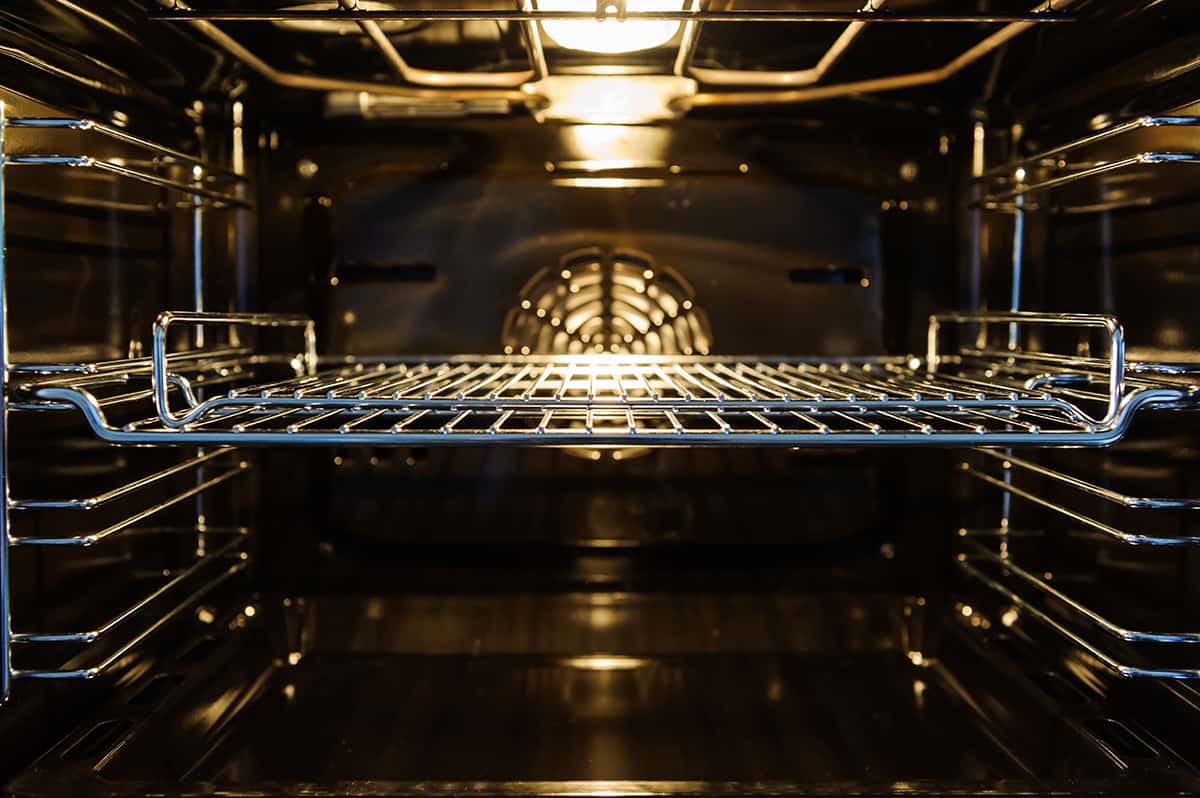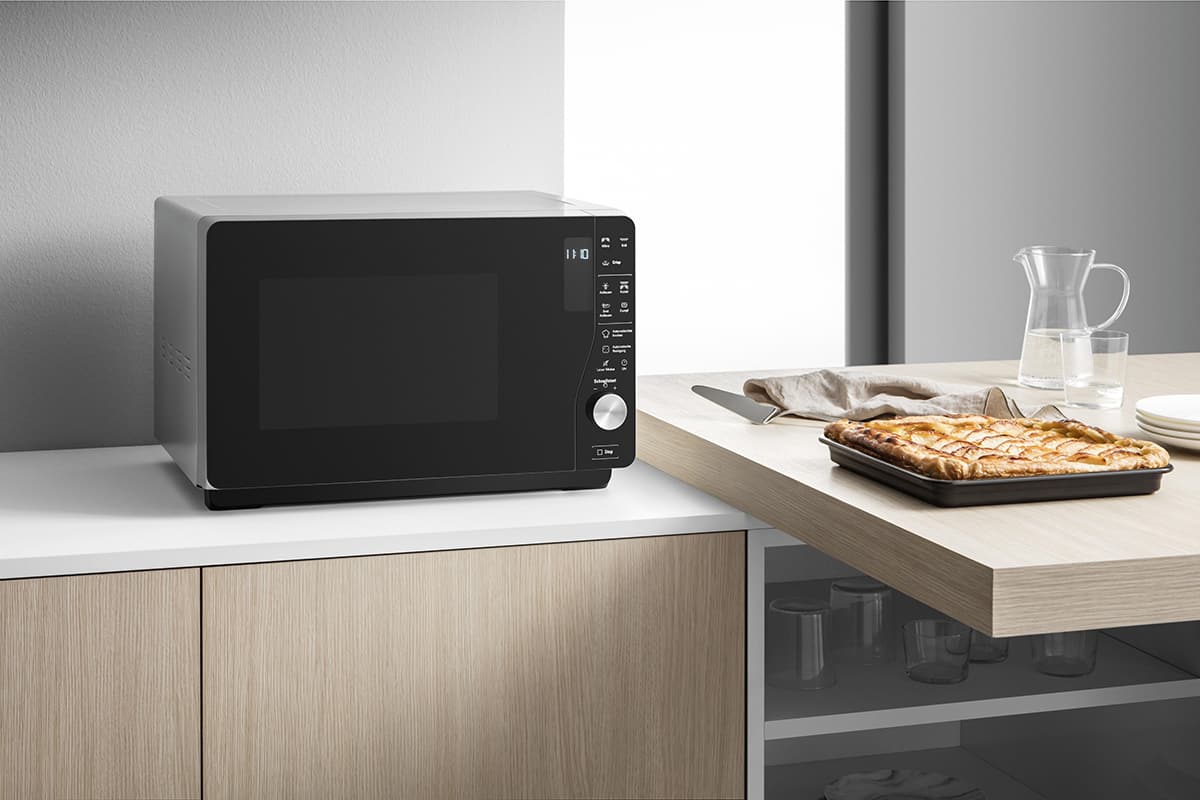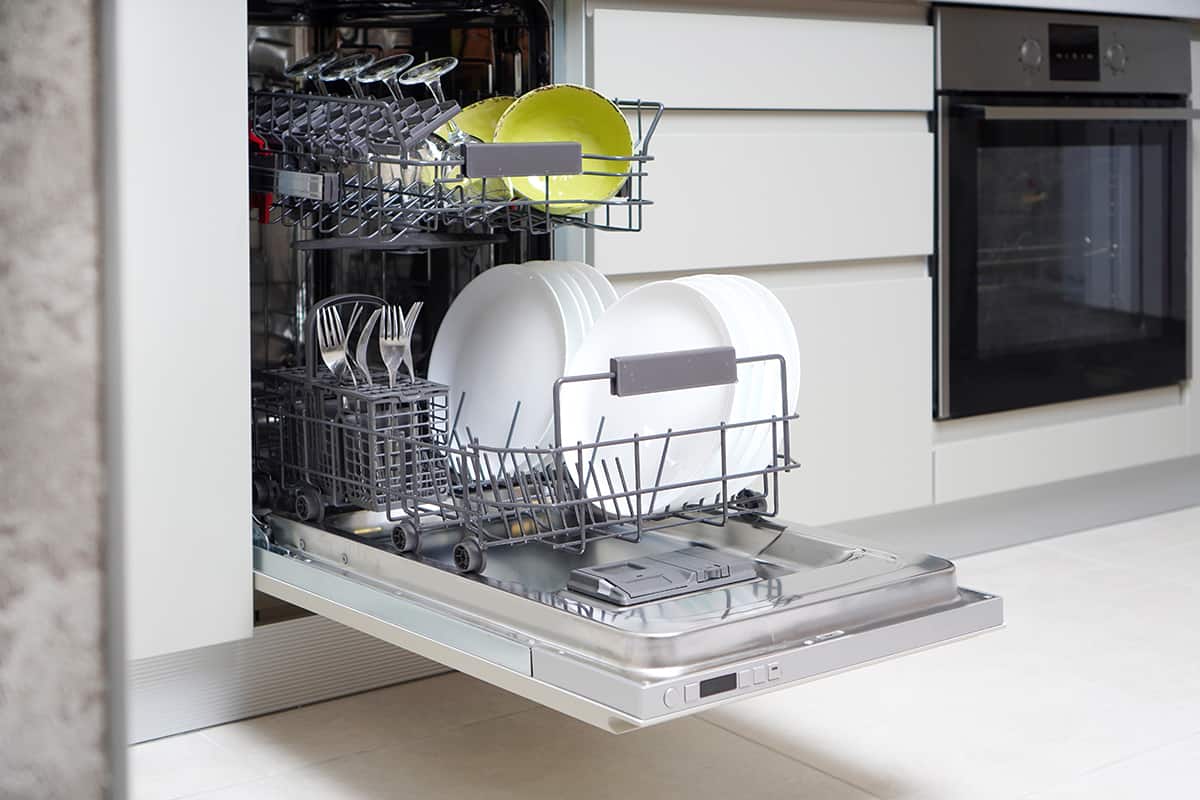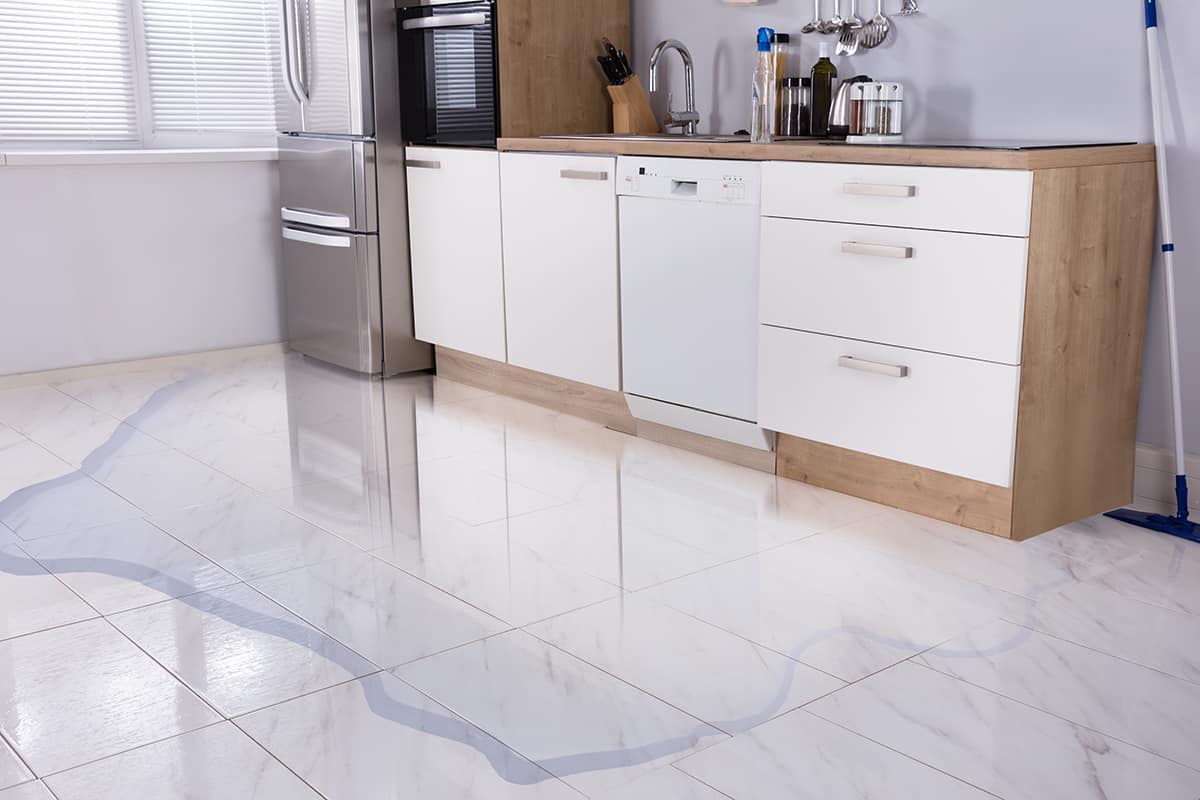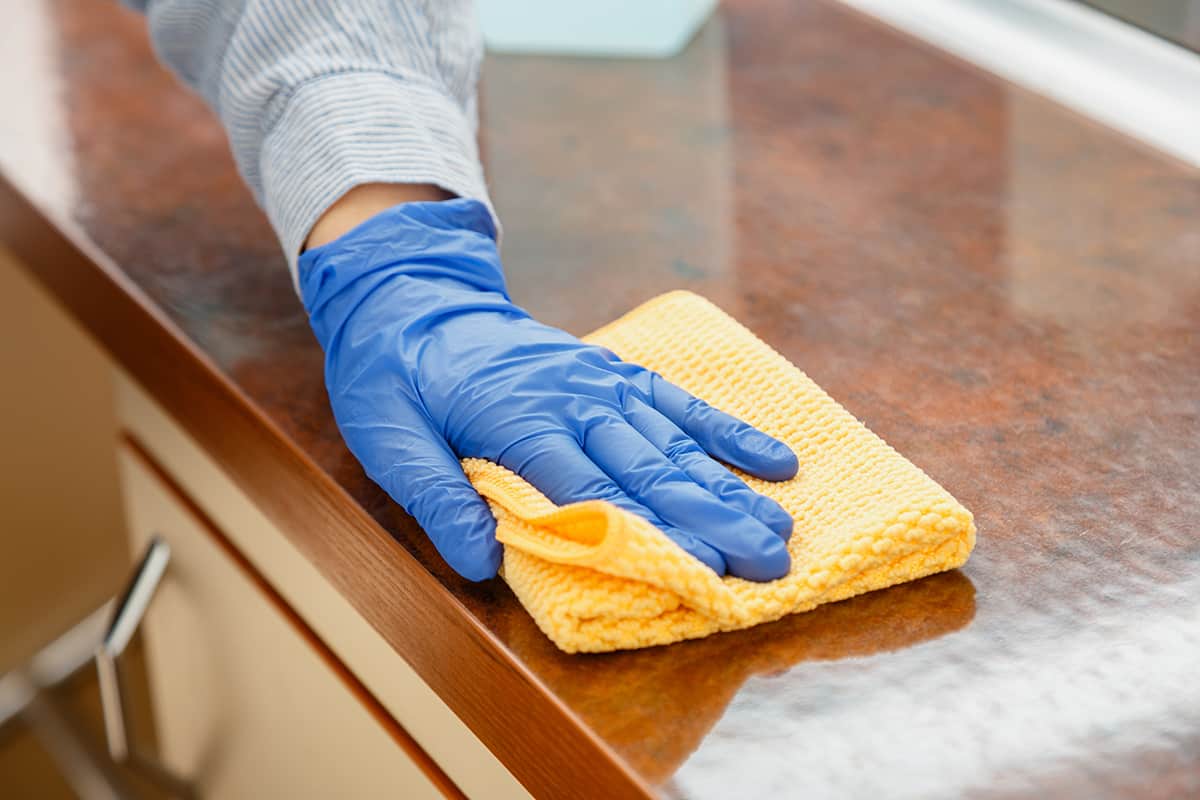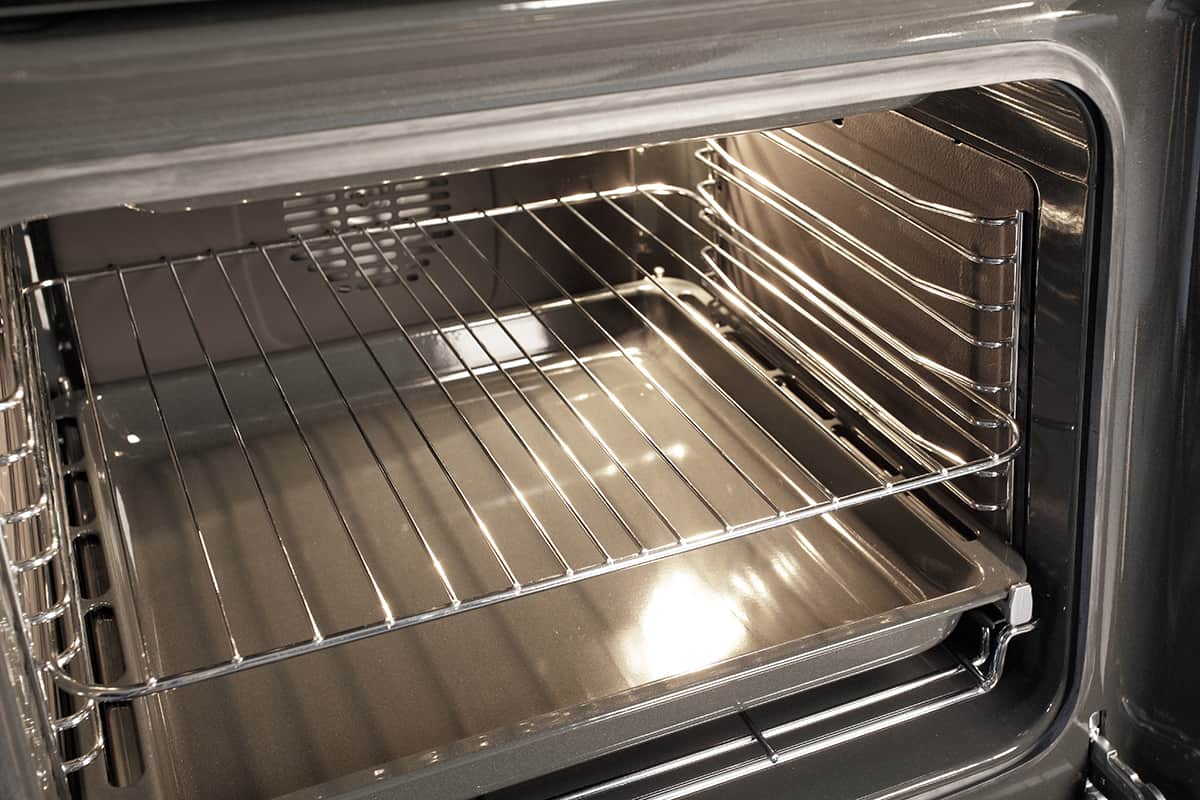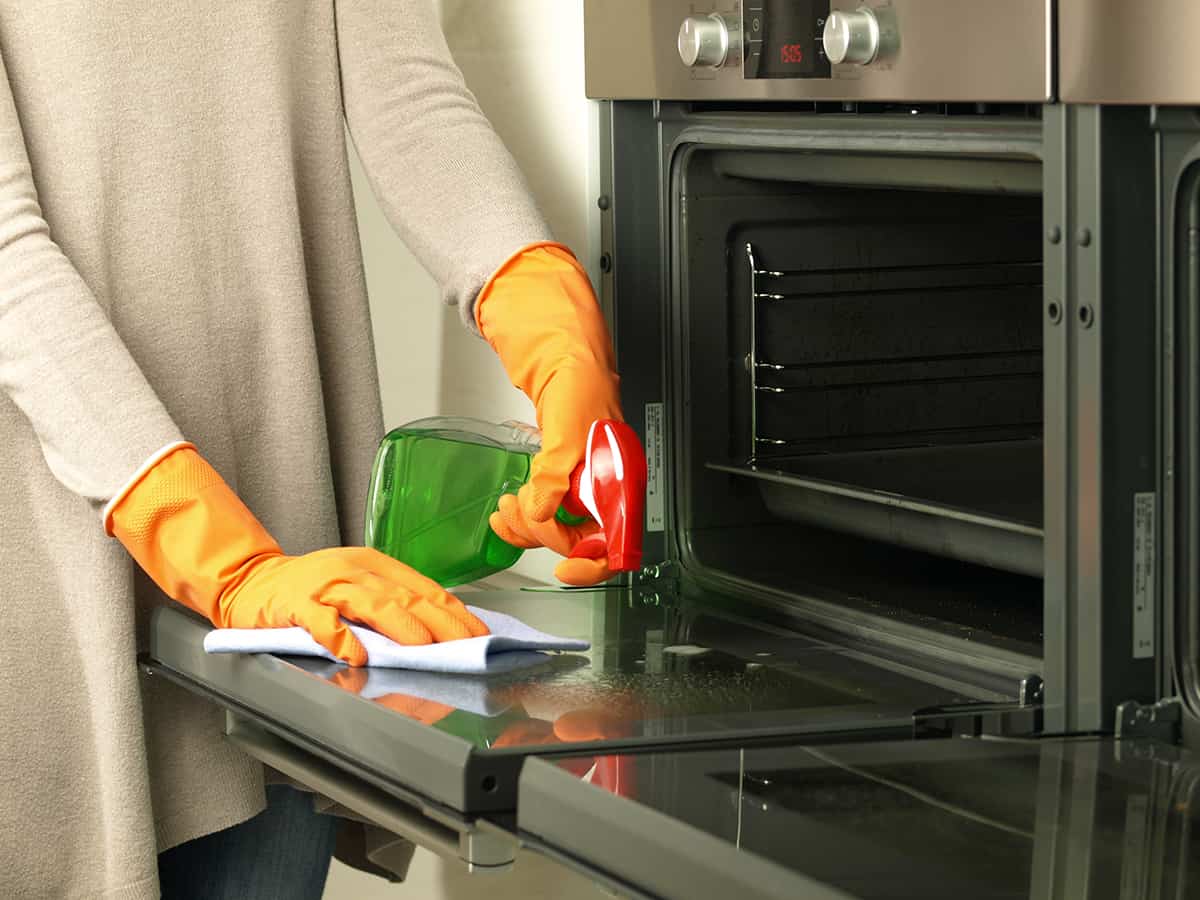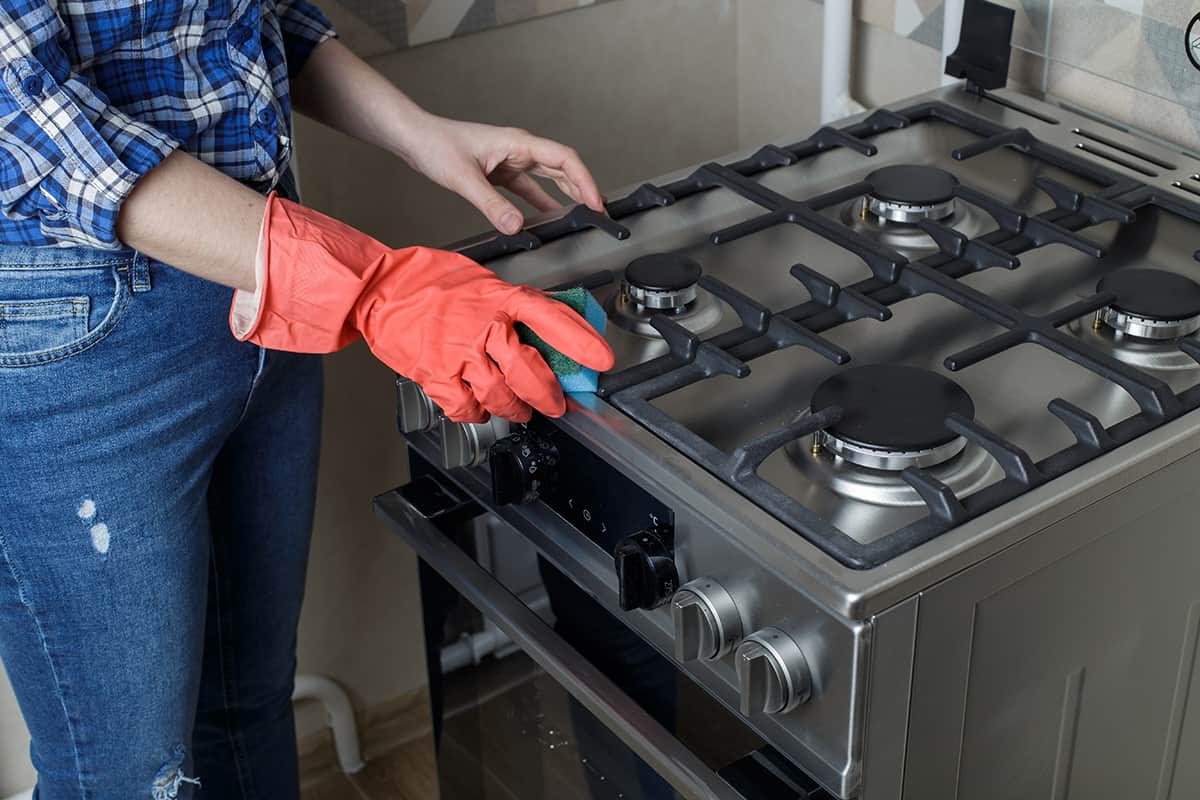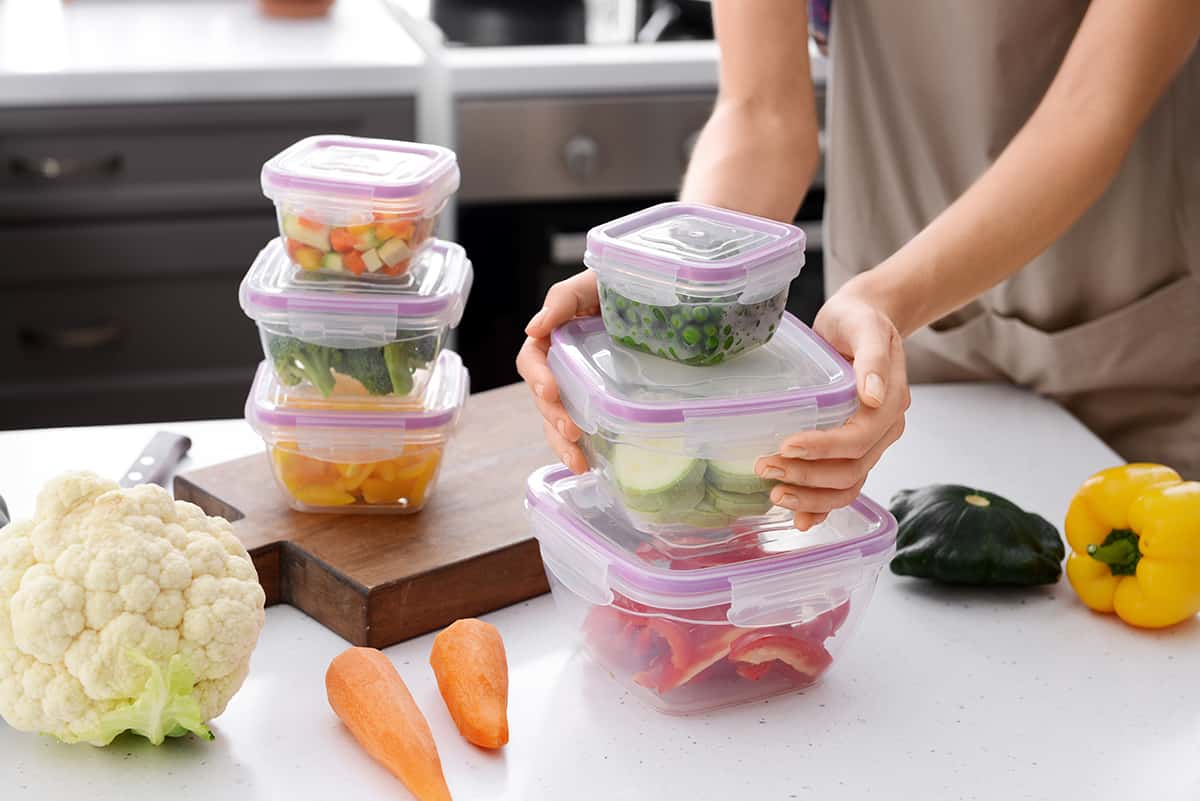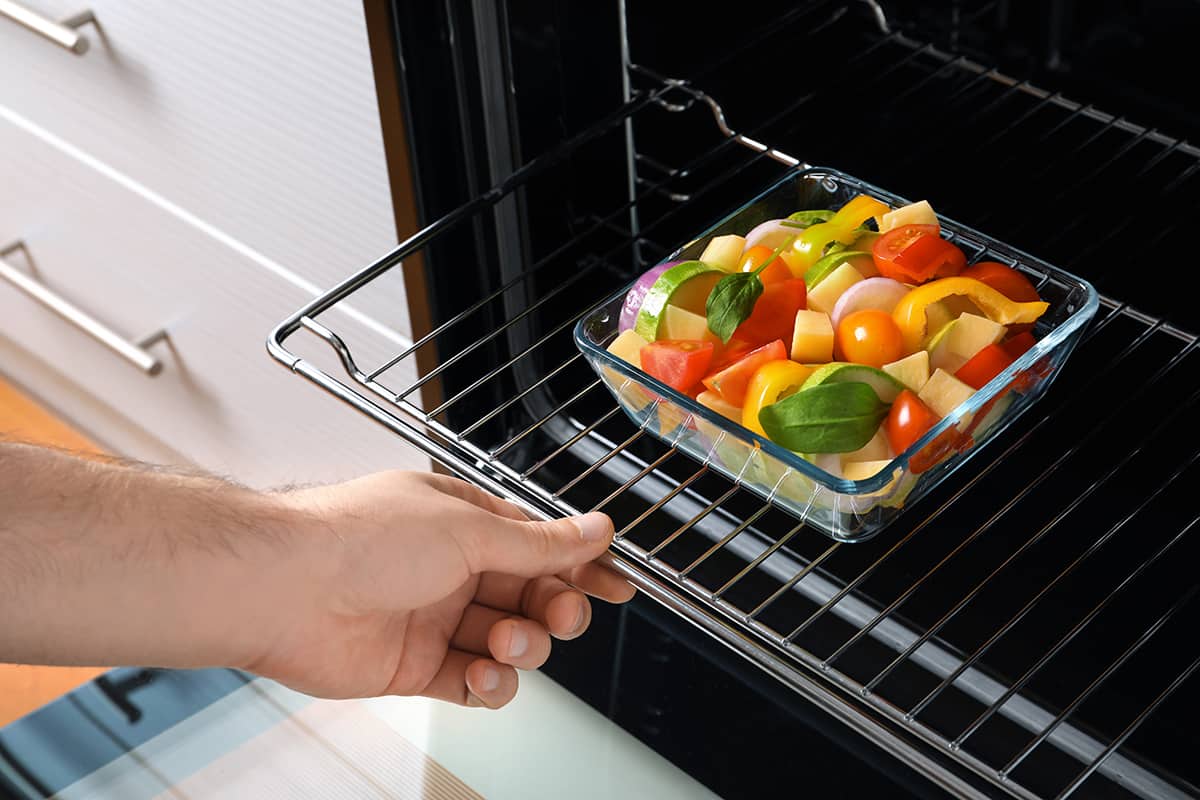Clicking noises from your oven isn’t an immediate cause for concern. The clicking sounds may be from a gas oven’s igniter or even the baking and broiling element. The clicking noise may also be a sign that the relay board may be defective.
Your oven not turning off can be caused by a wide range of mechanical problems, including a faulty control board, thermostat, broiler, and relay board. In many cases, your only option to restore your oven to working order is to replace the defective components.
There could be several causes behind your oven taking too long to preheat, such as a failing igniter, the design of the oven’s heating element, or the clock’s oven control board isn’t working properly.
If your dishwasher’s tub has a crack in it, clean and dry the area out before applying silicone caulk or epoxy putty. Use your finger to push the caulk into the crack and smooth the surface. Let the filling agent sit until it’s fully dry and wait an additional 24 hours before running a test cycle.
The most common causes of a leaking Miele dishwasher are a broken door gasket, an overfilled filter assembly, a faulty tablet dispenser door, and a faulty inlet valve. The solution may be to clean, fix, fasten, or even replace the faulty components.
There are all sorts of kitchen supplies you can use in place of tin foil. For instance, you can use silicone baking mats to line baking sheets, parchment paper to tent food, or even a grill basket to crisp up roasted potatoes and poultry.
The chemical makeup of commercial oven cleaners is far too harsh for kitchen counters. Not only can they corrode countertops, but the chemicals can stay inside the microscopic crevices and possibly contaminate food.
It is possible to sublimate using a regular convection oven. However, you separate your sublimation oven from your everyday baking oven since the chemicals from sublimation can contaminate the walls, leaving the oven unfit for food.
You should never use a commercial oven cleaner whenever you turn on your oven’s self-clean cycle. These cleaners contain all sorts of chemicals that can react unpredictably to extreme heat, which can create a toxic environment inside your oven.
Gas ovens have a separate broiling compartment found at the bottom of the oven. The flames from beneath the oven’s floor will heat the top of the broiling pan. Underneath the pan is a drip tray to capture runoff.
You should avoid placing plastic in an oven at all times. Traditional plastic containers have a temperature tolerance of up to 212°F, while oven-safe containers will typically have a temperature tolerance of at least 400°F.
Yes, it’s possible to bake cold food in an oven, but it’s not recommended. Introducing cold bakeware into a hot oven can lead to thermal shock, which can cause the baking dish to crack in the oven. Instead, allow your cold dish to rise up to room temperature before moving it to the oven.

